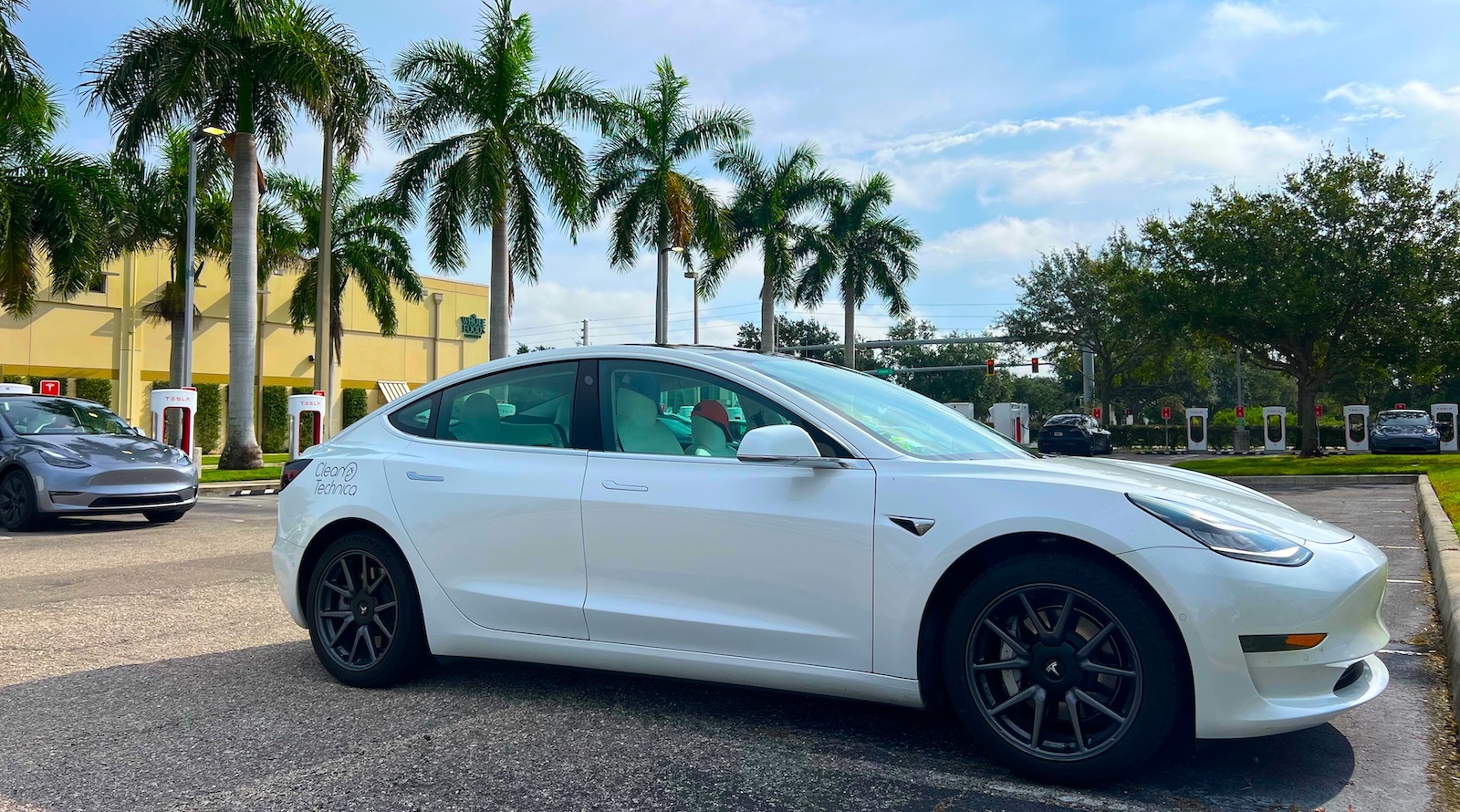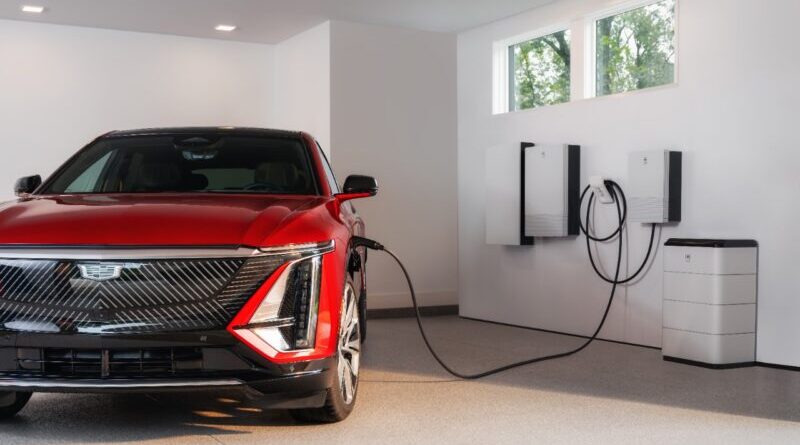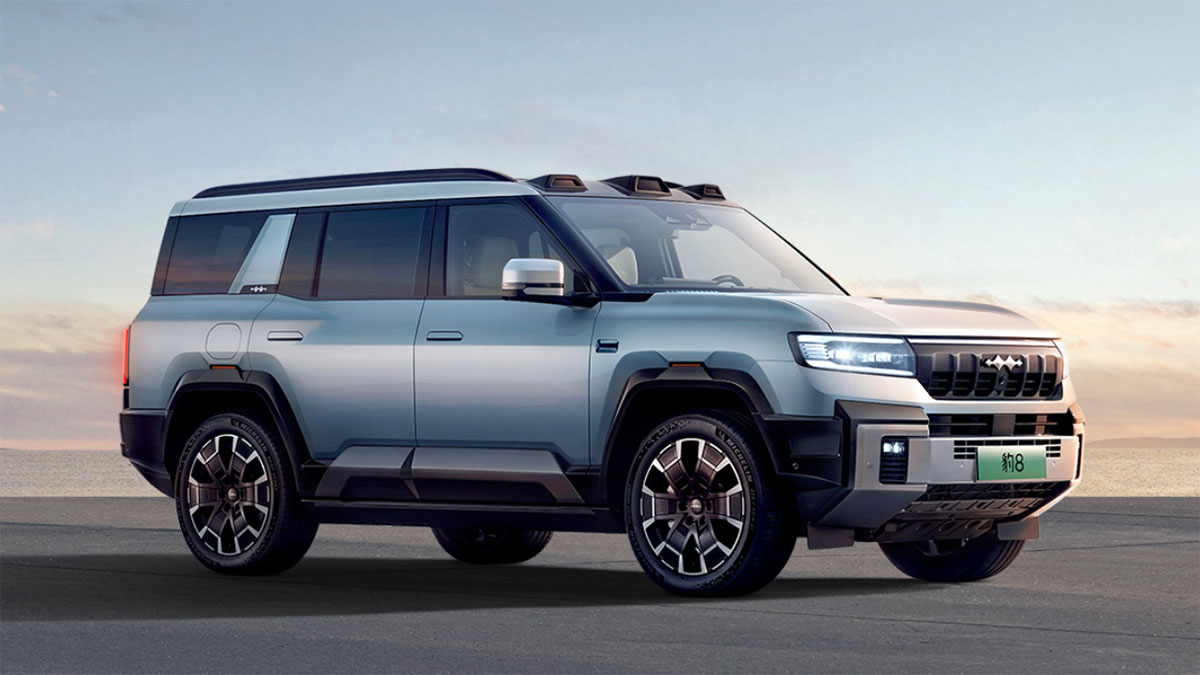
The Bao 8 has a price range of RMB 400,000 ($56,600) to RMB 500,000 in pre-sales, with launch and first delivery to be completed by November at the latest.
For details, please visit CnEVPost.

The Bao 8 has a price range of RMB 400,000 ($56,600) to RMB 500,000 in pre-sales, with launch and first delivery to be completed by November at the latest.
For details, please visit CnEVPost.
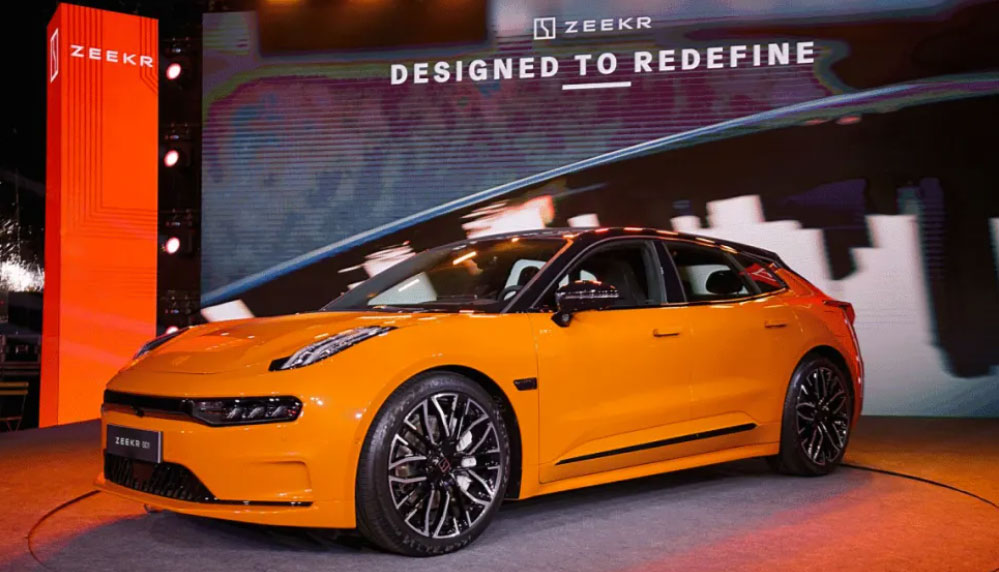
The Zeekr 001 starts at about $76,390 in Brazil, with deliveries set to begin in November.
For details, please visit CnEVPost.

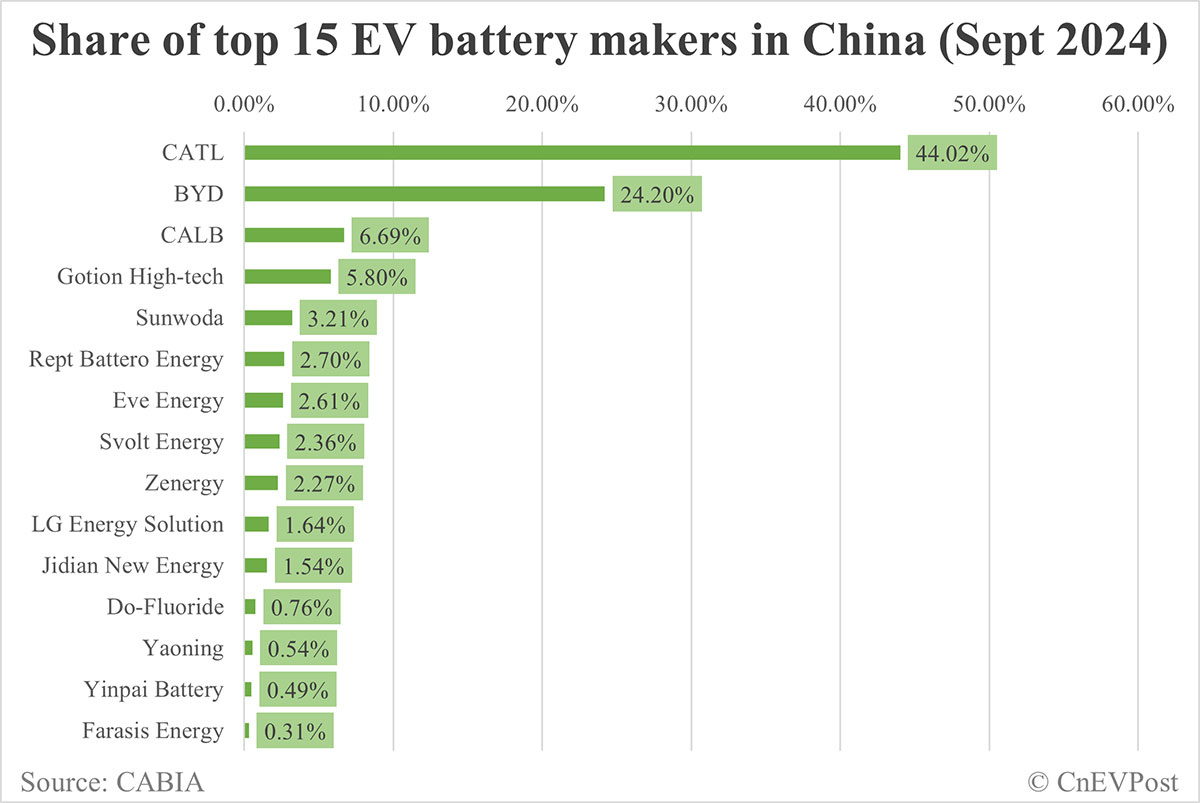
CATL and BYD both saw their share of the Chinese EV battery market decrease slightly in September, as smaller players, including Gotion High-tech, gained share.
For details, please visit CnEVPost.

Excluding exports, China's domestic NEV sales were 1,176,000 units in September, surpassing the 1 million mark for the second time after December last year.
For details, please visit CnEVPost.

China's passenger NEV retail sales reached a record 1.123 million units in September, marking the second consecutive month of over 1 million.
For details, please visit CnEVPost.

Tesla sold 72,200 vehicles in China in September, bringing third-quarter sales here to 181,883 and contributing 39.29 percent of its global deliveries.
For details, please visit CnEVPost.

